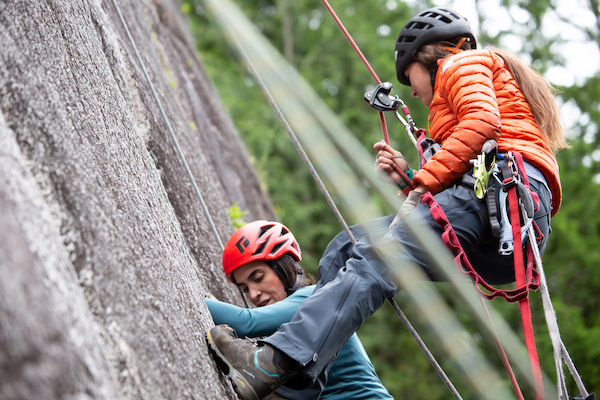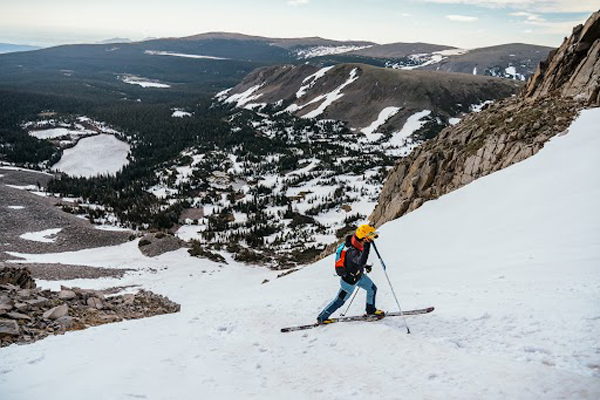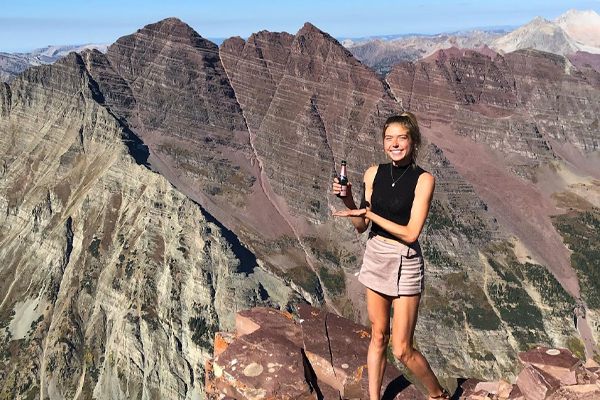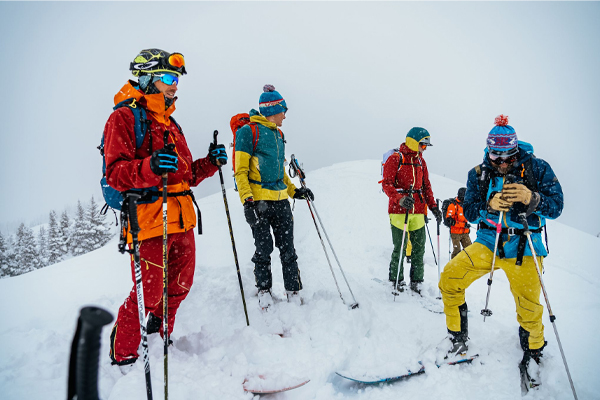So, What's It Really Like to Run 100 Miles?

Even harder to fathom than the race itself is the amount of preparation that goes into ultramarathons...
- - -
"I worked at a lab for a guy who was preparing for a 100-mile race, and I thought it sounded horrible," says Utah-based ultrarunner and La Sportiva Mountain Running® athlete Jared Campbell, the first three-time finisher of the Barkley Marathons. Campbell doesn’t come from a traditional running background—he didn’t run competitively in high school or college. Instead, his path to ultrarunning came through climbing. “But then I thought, it didn’t sound that different than what I was doing in my climbing life, stringing together peaks in the Tetons and Wind Rivers,” says Campbell. “I thought, I can shuffle down a trail. What the hell, I’ll give it a try.”
For many runners, the pinnacle of aspiration is a 26.2-mile race. The bucket-list marathon is a distance that is plenty formidable, but not inconceivable. And then there’s another breed of runner. Those who dream even bigger. They are drawn to a challenge of almost mythical proportions—the 100-mile ultramarathon.
Even for some of the most dedicated runners, the idea of an ultra is still unimaginable. We talked to some of the world’s premier ultrarunners (and La Sportiva Mountain Running® ambassadors)—Jared Campbell, Pam Smith, Anton Krupicka, Luke Nelson, and Silke Koester—and asked them what it’s really like to run 100 miles.
Upgrading to Ultras
"I think anyone’s first 100-mile finish can’t help but be a transformative experience. It re-establishes what your limits are," says two-time Leadville 100 first place finisher Anton Krupicka, when asked what surprised him about his first ultra.
Perhaps a better question to ask any ultramarathon veteran is why? Some athletes came to the sport inadvertently—like Luke Nelson, who famously ran his first marathon in 2006 on a bet, only to learn he was good at long distances. For others, like Silke Koester, who tackled the Ultra Trail Mount Fuji (UTMF), Ultra-Trail du Mont-Blanc (UTMB), and the Bighorn Mountain Wild and Scenic Trail Run in 2016, the progression from marathons to ultras was organic.
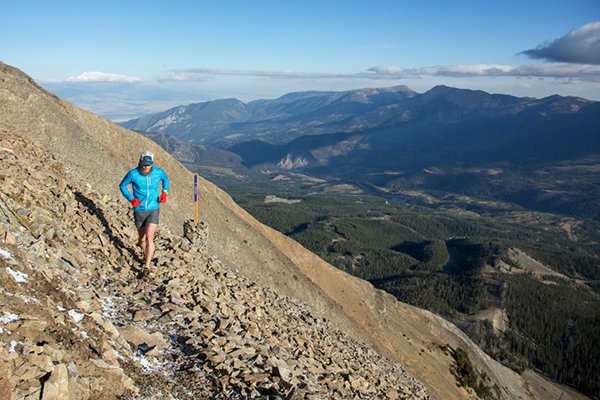 Luke Nelson conquers trails around the US in his Helios SR Mountain Running® Shoes. Photo: Luke Nelson
Luke Nelson conquers trails around the US in his Helios SR Mountain Running® Shoes. Photo: Luke Nelson
"I’ve always loved the outdoors, so transitioning from road marathons to trail ultras was a natural fit," says Koester. “The opportunity to experience natural landscapes while running was a huge motivator for transitioning to the longer distances. It also helps that I discovered the long distances suit me!” she adds.
The Training Grind
Perhaps even harder to fathom than the race itself is the amount of preparation that goes into an ultramarathon. When it comes to weekly training, Nelson says that "the bread and butter of 100-mile training is volume. It is difficult to measure volume in miles with trail running, but I will often spend 15 to 20 hours training per week. It may peak at 100 miles or so of running, sometimes much less if there is an emphasis on getting a lot of vertical for a specific race."
Ultras may still draw only a select group of runners, but the sport has grown noticeably in the last decade. The number of ultra finishes jumped from 23,535 in 2006 to 88,075 in 2017, according to UltraRunning Magazine. The spike in popularity means more races, more racers, and more variety.
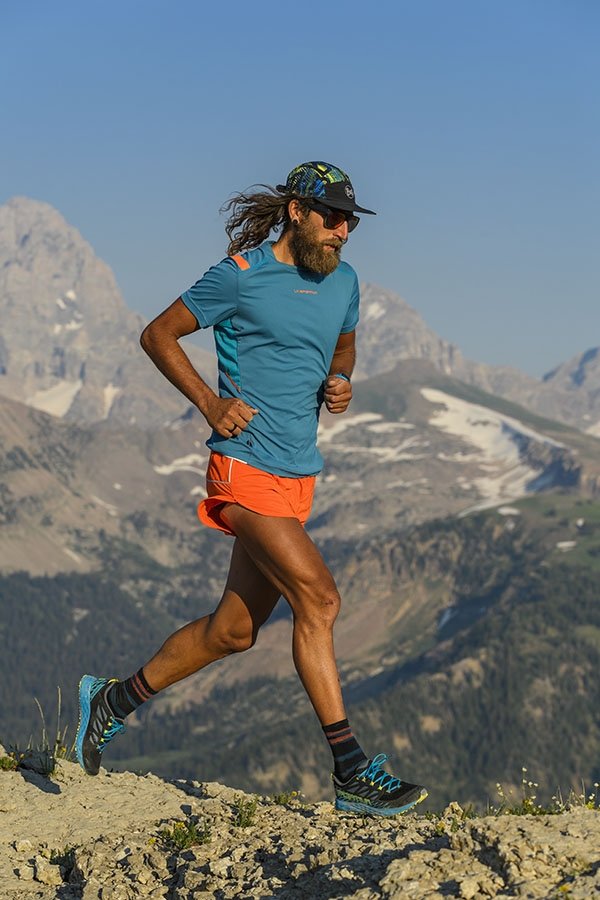
"I think anyone’s first 100-mile finish can’t help but be a transformative experience. It re-establishes what your limits are." La Sportiva athlete Anton Krupicka. Photo: Fred Marmsater
Even with the new races popping up, there are still some classics. California’s Western States Endurance Run is a haul from Squaw Valley to Auburn, first attempted on foot by Gordy Ainsleigh in 1974 to prove that it was possible for a person to cover 100 miles in a single day (he finished in 23 hours and 42 minutes). In Colorado, the Leadville 100 takes runners through the heart of the Rocky Mountains, with elevations ranging from 9,200 to 12,620 feet. And then there are challenges like the Barkley Marathons, consisting of five 20-mile laps around Tennessee’s Frozen Head State Park—a route with 60,000 feet of elevation gain. Also known as the "The Race That Eats Its Young", of the forty runners who attempted the Barkley last year, Jared Campbell was the only finisher.
This eclectic race spread requires runners to continuously adapt their training.
"Personally, I love the rocky, steep, and technical courses, so much of my training mirrors that kind of terrain," says Koester. After transitioning from marathons to ultras, she also increased her training mileage. “I’ve also added more frequent longer runs into my training—it’s not unusual for me to run a marathon distance each week in training,” Koester says. Each race also requires a tailor-made routine. “My training for Western States 100 was very different from my training for Ultra-Trail du Mont-Blanc (UTMB). For Western States I focused on getting my legs ready for long runnable downhills whereas for UTMB I tried to cram as much steep vertical gain and descent as possible into my training.”
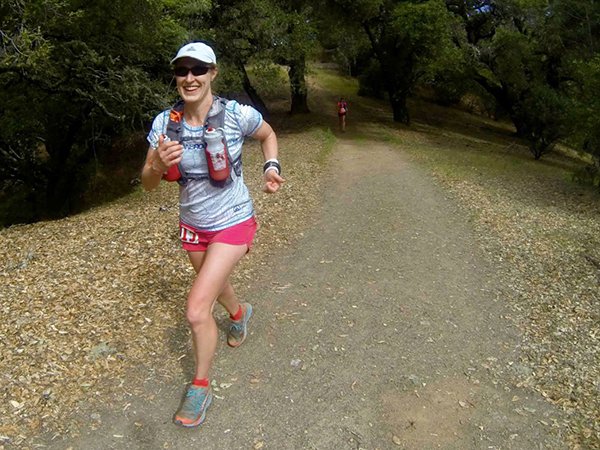 Ultrarunner Pam Smith goes the distance in her Mutant Women's Mountain® Running Shoes. Photo: Pam Smith
Ultrarunner Pam Smith goes the distance in her Mutant Women's Mountain® Running Shoes. Photo: Pam Smith
Oregon-based runner Pam Smith says she also integrates strength and mobility training, like yoga, to stay healthy. Smith ran her first ultra in 2002, then took a temporary break from ultrarunning to complete her medical residency and have her children, returning to ultras in 2008 with the McKenzie River 50k.
So, what’s a typical week like for Smith? "I do a track workout on Monday morning, which is nice because it gets the hardest workout of the week over with first thing. Tuesday is an easy 8-12 miles, Wednesday is usually a tempo run, Thursday is an easy mid-distance run, Friday is easy with a few strides or hills, Saturday is my long run day, and Sunday is easy or off."
But, training is also about just spending time outside. Campbell adds, "On weekends, I do fun things I want to do. I geek out on maps, linking trails and peaks.”
The Mental Game
"100 miles is 100% mental," says Koester. “Almost anyone who’s reasonably fit can physically run 100 miles. However, not everyone can mentally run 100 miles!” For her, “surrounding myself with strong, positive and experienced people has been incredibly powerful.”
Krupicka mentally prepares for a race by "reminding myself things are going to get really uncomfortable. By accepting that beforehand, it’s easier to deal with it when the going gets tough in the last third of the race."
Nelson visualizes the course he is about to run and what he will do during the race. "Ironically, most of the time that plan and visualization gets me into a little trouble, but it does give me the confidence to attempt things that may seem difficult, and once in awhile it all comes together and something amazing happens."
For first timers, just thinking about the distance can be a psyche out. "At some point going from 50 to 100 miles will seem daunting," says Campbell. “But don’t stress too much, most people have to do that leap. Just embrace whatever the experience becomes for you.”
And during the race?
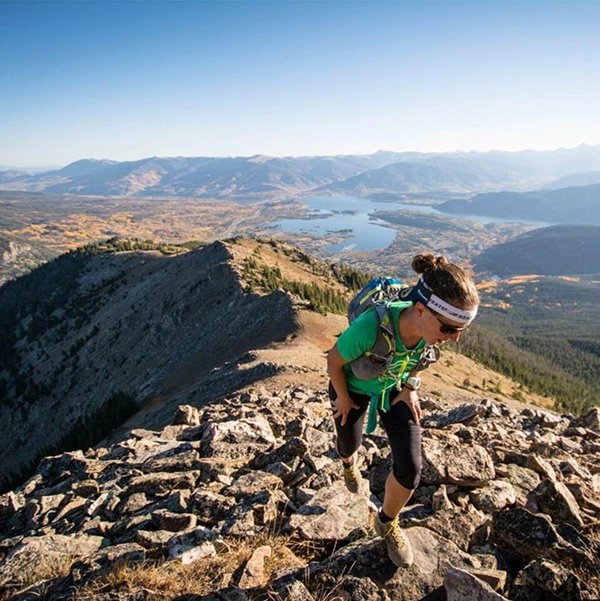 The Bushido Women's Mountain Running® Shoes support Koester’s feet on any terrain. Photo: Silke Koester
The Bushido Women's Mountain Running® Shoes support Koester’s feet on any terrain. Photo: Silke Koester
Celebrate minor milestones. Nelson says, "I try to focus on small victories, each aid station, each hill, each mile is an accomplishment. I try to build positivity to replace the negativity."
And don’t forget to enjoy it. "Racing is all about being in the moment—that’s the big attraction of racing," says Krupicka. “The effort and focus is high enough that there isn’t much room for thinking about anything else.”
Nutrition
Developing a nutrition regimen for an ultramarathon can be difficult—not to mention the added challenge of keeping food down during a race.
"I’ve tried all approaches," says Campbell. “Trial by error. Ultimately, I’ve come back to real food for longer events.”
Finding what works during the race can require an even more delicate balance. "My approach to nutrition shifts a bit depending on factors like terrain and temperature," say Koester. “But overall, I keep things pretty simple. I consume a lot of liquid calories and supplement with gels, fruit, salty chips, buttery crackers or soup at night,” she adds.
For many ultrarunners, getting calories on a less-than-cooperative stomach requires some creative thinking. "Late in the race it is almost inevitable my stomach will go a little south," says Nelson. “At that point, I try to continue with one GU an hour and then supplement with broth and coca-cola at aid stations.”
As for post-race celebrations, "if I had a good stomach, I like a good beer and burrito," Campbell says.
Nelson is a big fan of ice cream. "I really love eating ice cream after a race," he says.
Koester’s running club celebrates at the the local pub with a special ‘100-mile burger’. She calls it "the definition of indulgence!"
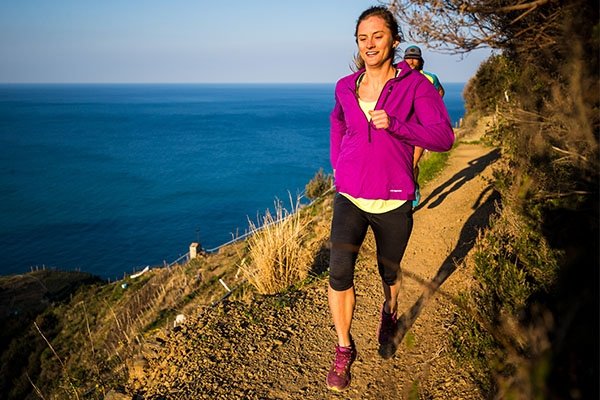
2016 Leadville winner Clare Gallagher running in the Lycan on the trails in Cinque Terre. Photo: Alice Russolo
Sage Advice
And the advice for first timers? "Find a race or route that really inspires and motivates you," suggests Koester. “And likewise, find people to run and train with who also inspire and motivate you. Run with curiosity, humility and passion!”
Trust in all the hours of preparation. "Don’t be intimidated," advises Krupicka. “Put in the training and trust in that practiced toughness when you get to the race.”
Despite all the groundwork required for an ultramarathon, Campbell’s advice is still: "don’t overcomplicate it. At the end of the day, the sport is about putting shoes and clothes on and just going."
Originally written by RootsRated for La Sportiva.
Preview Photo: © Frederik Marmsater





